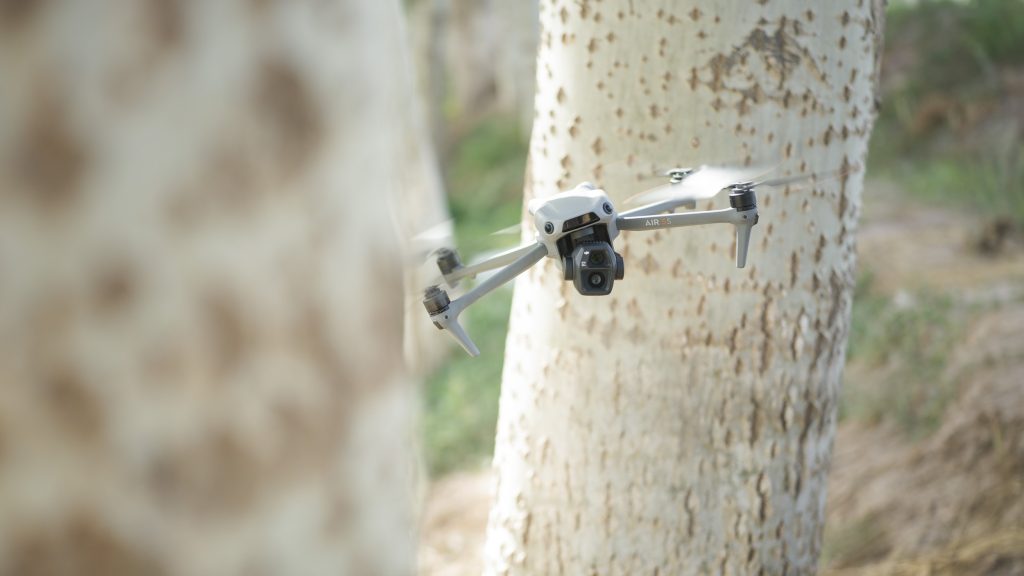If you’ve just bought a new drone — or you’re about to — there’s every chance you’ll be itching to get airborne. After all, the best drones make it easy and entertaining to shoot photos and videos from the sky. From small folding drones to bigger premium models, these flying machines are the fun-sized future of aerial imaging. But […]
Tag: Drone
As weather conditions change with the approach of winter, drone enthusiasts are presented with unique challenges when taking to the skies. As winter blankets the landscape with its icy embrace, The cold temperatures, snow, and icy conditions can pose significant risks to the drone and the operator. Although it’s not advisable to fly in extreme […]
Getting your hand son the brand-new DJI Air 3S might be trickier than anticipated as the company is having issues importing its latest drone to the US. For the time being, it might only be possible to purchase the drone from DJI.com directly, not through any third-party stores. This isn’t anything to do with the ban bill […]
